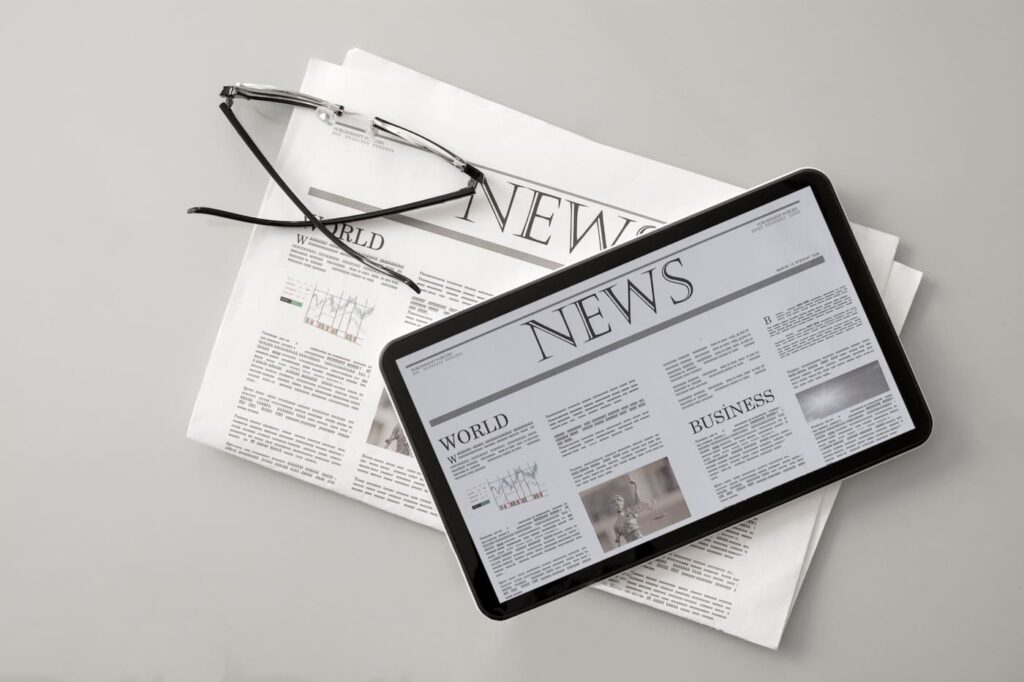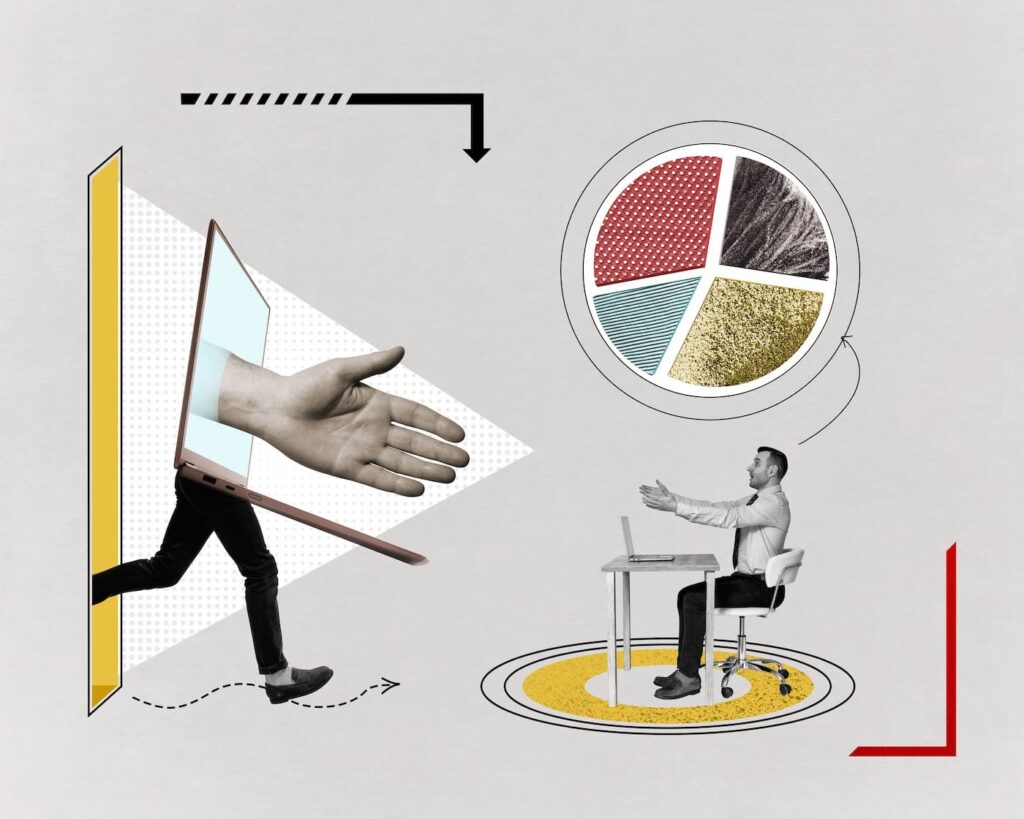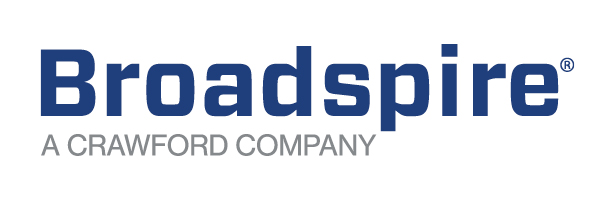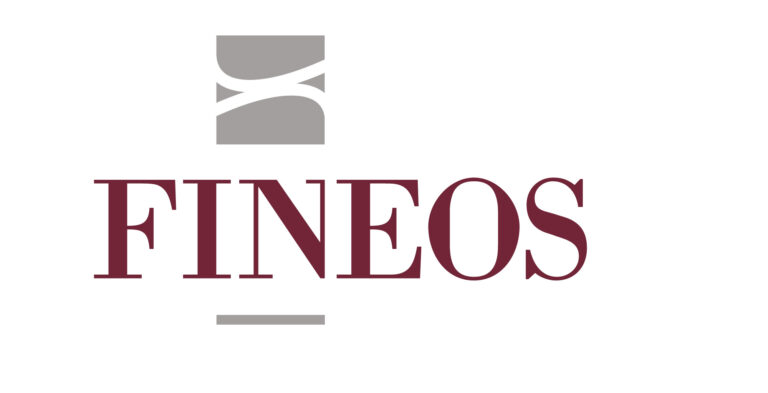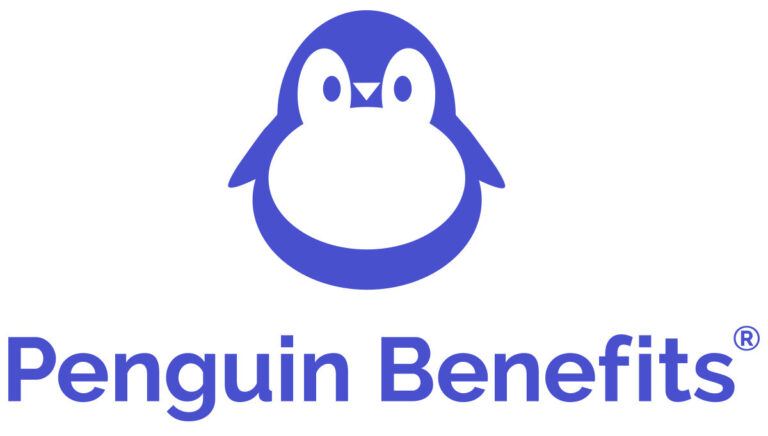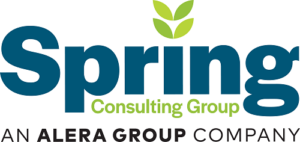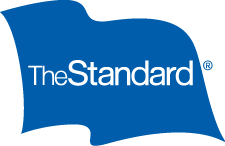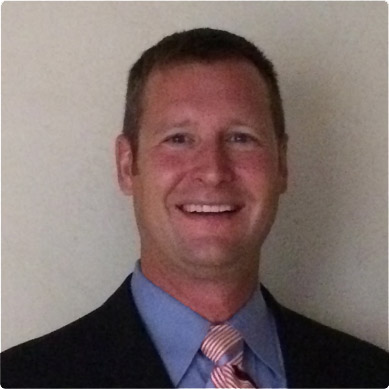
Nora Burns, founder of The Leadership Experts and keynote speaker for the 2024 DMEC FMLA/ADA Employer Compliance Conference talks about common (and costly) HR pitfalls and how absence and disability managers influence corporate culture. Get a sneak peek into what she will discuss during the conference in this Q&A and a recent DMEC podcast episode.
DMEC: Nora, you have experience in the human resources field, which makes you an ideal speaker for the 2024 DMEC FMLA/ADA Employer Compliance Conference March 25-28 because you understand the unique challenges attendees face. What prompted your journey from human resources executive to founding The Leadership Experts?
Nora Burns: Yeah, I have had a long journey in human resources. First of all, I didn’t even know that human resources (HR) was a field when I went to college. And then I took a job that required me to hire and fire and train, and I realized that there were probably some laws governing what I was doing, and I signed up for the HR 101 course within the business curriculum, and I’ve been in HR ever since. I remember when the ADA first came out and I was working as a temp in an HR organization and I said, “’Oh, by the way, do you know that you need to do this?’ And they all looked at me like, wait, what?” I purposefully crisscrossed between industries, appreciating the fact that what we do in healthcare is different than how we do things in trucking is different than how we do it in mining. All too often, our industries become very incestuous and we say, “Oh, in order to work for our company, you have to have experience with our direct competitors,” and then you never get these shifts in perspective. As a consultant, I can go into banking and share an idea that’s been happening in oil and gas for a millennial, and they’ll be like, “That’s brilliant!” I’m giving away some of my secrets here, because if I said that same thing in oil and gas, it’d be like, yeah, that’s how we’ve always done it, right? We need to shift and take ideas from different industries. So through my HR path, I have purposefully crossed back and forth between more traditional white-collar positions, white-collar industries, and more blue-collar industries, and made that kind of quilt of experiences and braided them together.
DMEC: Compliance is a difficult endeavor with hundreds of leave laws that absence and disability managers must track, understand, and abide by. In your experience, what is the best way to ensure that organizational leaders assess frontline knowledge and understanding of leave laws to ensure compliance at every level? And is there a cultural component to this?
Nora Burns: Yes, there is a cultural component. And the largest and the most significant element is investing in supervisory training early and often. That is not simply some boring presentation. You need people to laugh during [a presentation to make sure they are] fully engaged and get it. I want realistic, easy to follow case studies that are easy to understand and comprehend, and analyzing them. So a training that encompasses case studies and questions like, “Hey, what would you do in this scenario?” And open discussions so if you answer it wrong in the class, that’s okay because that’s why you’re in a class. There are so many tools that have pop quizzes with a question like, “Hey you just overheard an employee saying, ‘Man, that really hurt my back to lift that.’ What do you do?” And then if someone gets it wrong, they get an explanation. It needs to be an ongoing discussion. Let me tell you, frontline supervisors and managers don’t understand the FMLA. Like, you cannot clock out and then be asked to do things, yet that happens all the time. People don’t know because they were asked to do those things when they were on the frontline. We, the collective corporate entity, promote people into positions or hire people into positions and assume (danger, danger!) that they’re coming in with a whole wealth of skills that we have not tested or verified or provided training on. We assume they if someone was a supervisor or manager at their last organization, they understand harassment prevention and ADA and FMLA and all of these things, and it’s just not realistic. It’s a full-time job keeping up with the marriage of all of the leave laws and the overlapping municipality, county, state, federal, industry, et cetera, and then you add a union contract to that list. I want supervisors to develop a little light in their peripheral vision that — when it goes off — prompts them to talk with an expert. A Milwaukee employment law case highlights this issue. A supervisor asked an employee to raise the American flag outside the building and the employee declined and said, “I can’t. It’s against my religion.” I want a little yellow light to go off in a manager or supervisor’s head that indicates, “Hey, I should probably talk to an expert about this because I’ve not heard it before.” Instead, the organization wrote a really big check to that employee, who was fired for not raising the flag when it was, in fact, a violation of their religion. We need managers and supervisors to develop the ability to say, hey, this feels like a situation that I should discuss with someone else before acting. You develop that by doing case study training, having conversations about unique cases, and providing time to really think about it. Emailing cases will not suffice. Frontline managers do not have time to read those emails. We need to foster a different kind of environment that allows time for development, and we need to stop assuming people know [things] because they don’t.
DMEC: The word culture can seem amorphous, and some absence and disability managers question their ability to influence it. How would you respond to that?
Nora Burns: Everybody influences it. I don’t think culture is set from the top. There’s a whole bunch of people in the c-suite who just grimaced, but I think you can make a plan and a strategy, and I think you need to decide what you want your culture to do and be. But then it’s a lot of work to make it happen. One of the biggest misunderstandings about workplace culture is the fact that we think it’s the banner we put on the wall; that it’s the framed image that’s hanging in the breakroom. Culture is what is said in the breakroom when leadership walks out. And it’s a little horrifying what’s being said in the breakroom when leadership walks out. But that, I think, is where the rubber hits the road, as they used to say, that’s really what your workplace culture is. And our workplace culture is set at our very first points of contact with candidates and with employees. It’s the fact that we weren’t prepared to talk to our candidate. It’s that we left them waiting in a conference room while we rounded up people. It’s that we didn’t follow-up with candidates. We ghosted them and we didn’t communicate with them. It’s when they showed up for work on the first day, they had to clean out their own office or that we didn’t have a name tag or a key or a passcode for them. Those things are hard to undo once they’ve been done. It’s like any relationship, right? It’s an employment relationship, and the first points of contact set the parameters, set the rules, set the expectations of that relationship. And so if you’ve been dismissive of me as a candidate, I’m going to expect that throughout my employment experience. That workplace culture, you don’t get to set it at 60, 90, and 180 days. It starts with every moment of contact from the time you put a job posting out into the world and moving forward. And I think all too often we forget that. But every employee has a role in it because it’s also the person who ponies on up to me while I’m sitting in the waiting room for that interview and starts talking to me about the company — good, bad, or ugly. Unfortunately, I got too many stories in the back. Please stop parking job candidates in the breakroom to wait for an interview. The people who go into the breakroom a lot during the day are not your top performers. The people who are going to go talk to them are not the people you want lobbying for your organization. The hiring managers, man, they have so much to do with the workplace culture because they’re the ones getting back or not getting back to a candidate, making them feel comfortable or not making sure they meet other members of the team, that they see the workplace that they’re going to interview in. Even if you’re doing a virtual interview, you can walk them around the office. They’re the connection point. Hiring managers are so often the connection point. They’re the ones setting the tone, making sure that when that person comes in, they’ve advocated for them and all of the materials they’re going to need to do their job are there. But I can tell you, as an employee who needed leave, having somebody who was really human was key to my perception of the organization. So having that orchestrated and knowing you are there when employees are at one of their weakest points, and are vulnerable. That is one of the best times to really demonstrate that we’re there for people. So finding opportunities to just be a little bit more human and connected, like looking for a doctor on the bus line, finding an option for transportation, and using language that normal people use to explain leave in real language to a layperson. These are some of the things that organizations need to prioritize.
DMEC: I love your title — chief curiosity officer. Would you talk a little bit about that choice and why you believe curiosity is a valuable trait?
Nora Burns: I think it’s key to any business professional. We have to be looking at what does the future hold? What is the future possibility? How could we reinvent what we have been doing in order to see through to the next cycle of business? It’s so easy to grow stale and we have to fight against it and make it part of our core value to keep looking and asking the questions and doing the next thing. When I was turning 45, I realized I was getting more boring with age. It was a natural kind of thing that happens, right? We know what we like and we do more of the things we already know we like. I love what I do. I research it, I write about it, I speak about it. But as it turns out, most people in most situations don’t want to talk about the impact their hiring process has on workplace culture, which I think is weird, but it made me realize I needed to try new things. So I force myself. Every year I try 50 new things, and that means everything from installing my own Nest thermostat to rewiring a lamp. I’ve learned how to make jam. Like, look out. If I could start coming at you with a basket of jam, it could happen because it just became a thing. And then I learned how to paint. And all of these different new experiences bring another piece of a mosaic, a piece of the kaleidoscope that, as you look through it, turns and becomes more interesting. And they all bring me new ideas. So for me, especially with the undercover project, it’s all about curiosity. What’s the current trend? How can we shift that trend if it’s not going in the direction that we want? And will that continue to go that way? What do employees want today that they didn’t want before and vice versa? If we’re not asking questions and understanding what’s happening on the frontline; if we’re not curious about what mid-tier level employees and managers are experiencing, we’re not fully connected as leaders. So I think it’s important to stay curious to stay connected.
DMEC: Tell us about your books coming out this year!
Nora Burns: The book is a series of stories and lessons from the perspective of the undercover candidate and undercover employee. The precursor to it is going to be a set of mini books that I’ve committed to getting out by the end of March, which is these little mini books. It’s a set of three books from three different perspectives, same hiring scenario, from the candidate, hiring manager, and leadership — what they knew, what they should have known, and what they could do about it. It’s a precursor to the stories in the larger book. The mini books will be out by the time we meet on March 25, and the larger book will be out probably by the end of the third quarter.


